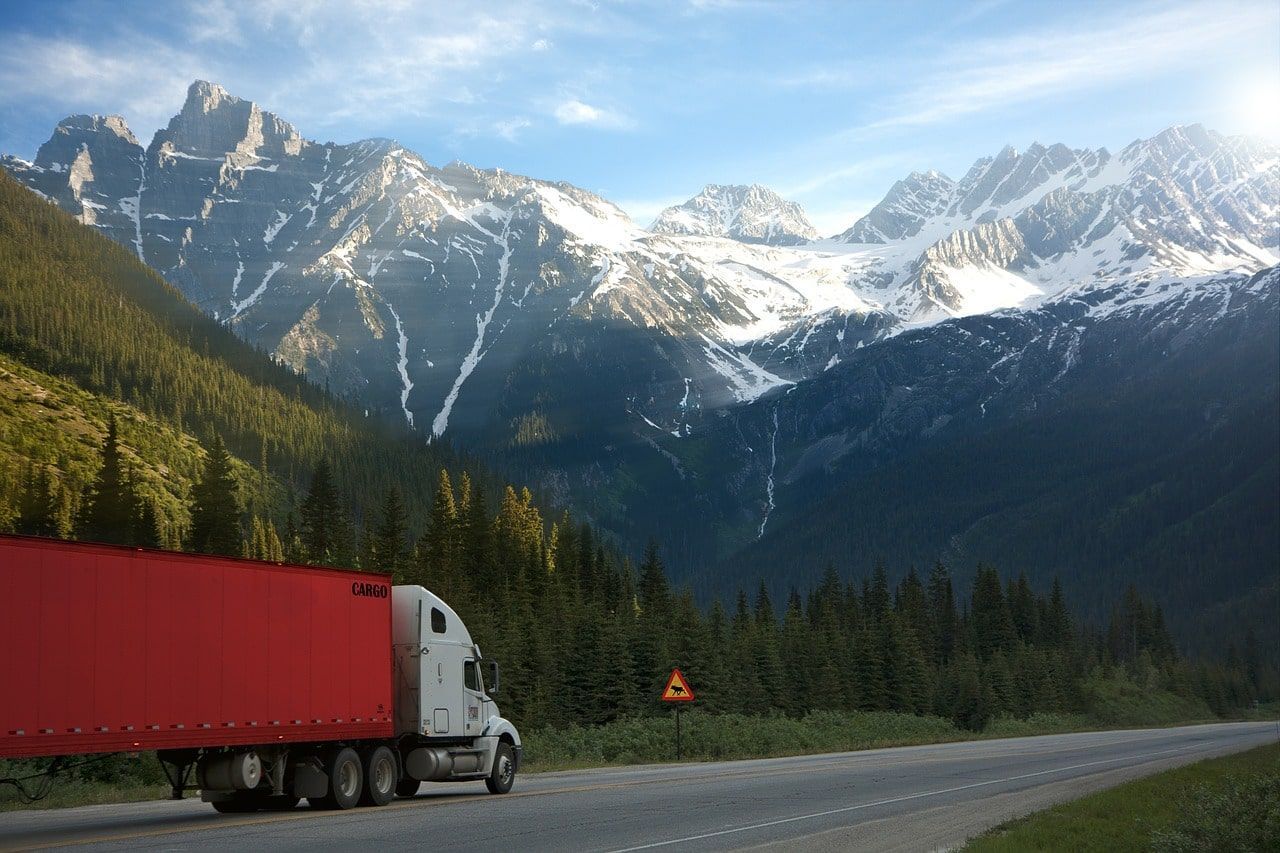Within land transport there are several ways to transport a load to its destination. In this article we will analyze the LTL (Less Than Truckload) method and its main alternative, the FTL (Full Truckload method.).
In order to do so, it is important to know what each one means and know their main characteristics so that you can choose the option that best suits your logistic needs.
What is Less Than Truckload and Full Truckload?
Less Than Truckload (LTL) is a mode of land transport loading that does not fill the full capacity of the truck with the same load. Like this the same truck transports a load from different customers on the same route. It is usually the ideal option for transporting a load of no more than 12 pallets.
Full Truckload, on the other hand, refers to the land logistics mode that reserves the full load of the trailer for transport. Clearly, it is possible to reserve the entire truck exclusively, even if it is not full, so that you do not have to worry about the product passing hand to hand more times than necessary during the journey, since it only has a single destination.
When to choose Less Than Truckload (LTL) and when for Full Truckload (FTL)?
There is no rule or regulation that forces you to use one mode or another depending on your load. However, due to its different characteristics there will always be one better suited to the needs of land transport to be carried out.
When to use LTL
By sharing trailer space with other loads it reduces the logistic costs that corresponds to your goods. However, it must be taken into account that the journey will be slower as it has to deliver the different load the truck is transporting to its various delivery points.
Thus Less Than Truckload transport is best if your delivery is flexible in terms of deadlines, because by sacrificing some efficiency in the speed of delivery, you manage to save money in the logistics of the goods, thereby increasing end profit. However, on rare occasions LTL can be selected for intermodal transport to transport your load.
It must be taken into account that the product must be at least robust and resistant to withstand handling at various points throughout the process or, failing that, it must be properly packaged to prevent damage.
When to use FTL
The Full Truckload mode, despite being a more expensive option, can be the most efficient depending on the size and load of your shipment.
Obviously, if the load to be transported fills the capacity of the trailer (or more than 12 pallets), this would be the most efficient option, but other particularities can occur upon estimation.
If the product to be transported is fragile, it is certainly better to reserve the entire storage area of the truck for loading, in order to avoid damage from other goods and to avoid unnecessary handling when unloading other loads.
The FTL is also presented as the best option during an urgent delivery, because by reserving an entire carrier for you, the shipment is carried out as directly as possible to the point of delivery.
Other loads where Full Truckload is recommend is when the product has to be kept at specific temperatures (e.g. frozen and fresh), since having control over the climatic characteristics of the trailer is the best way to ensure that the goods are not damaged.
Less Than Truckload vs Full Truckload: Conclusions
Once we have detailed the characteristics of these land transport modes and explained their advantages and disadvantages, we can say that one mode is not necessarily better than another.
Choosing the most efficient option between LTL and FTL will depend on the particular characteristics of the load and the specific transport needs.
At CST we take care of all these aspects; we will study your logistic needs to offer you the best option according to their characteristics. In addition, we offer to take care of everything related to storage, picking, distribution and customs deposit (if necessary) of the goods, including advice and security throughout the transport process as additional services.
